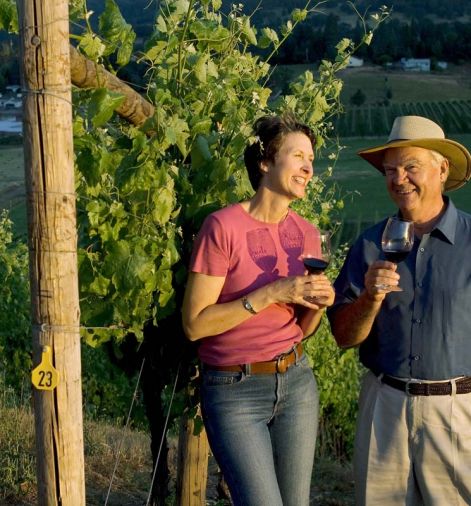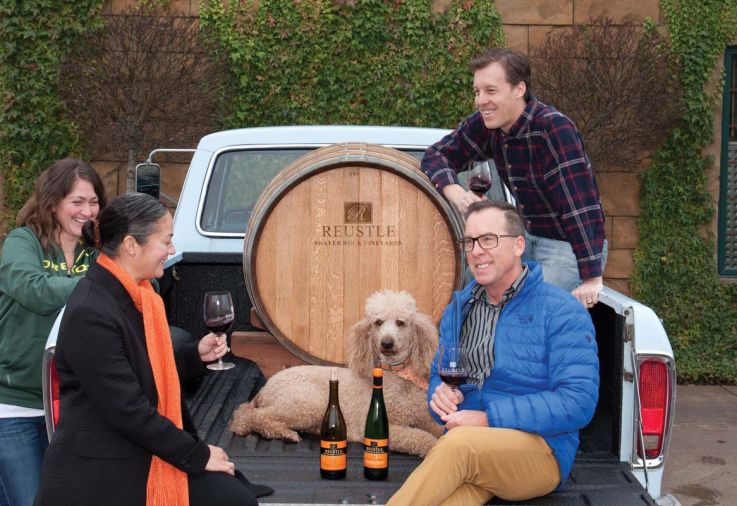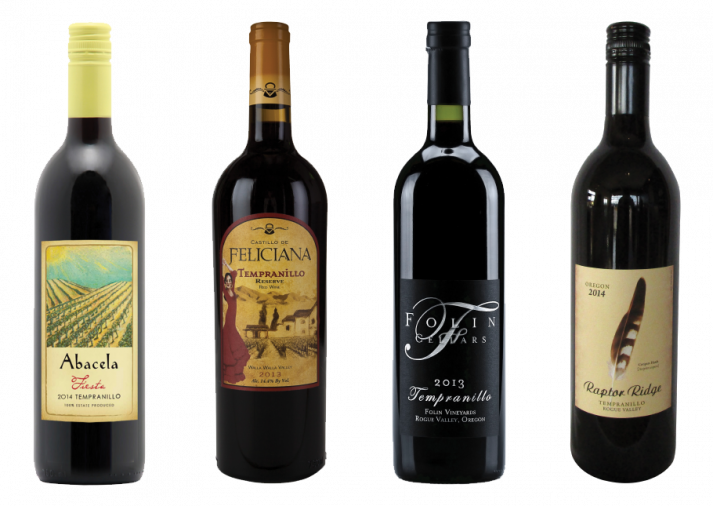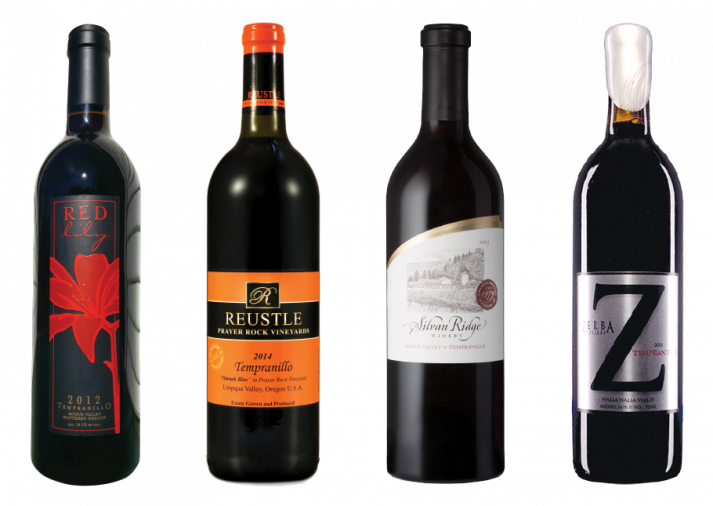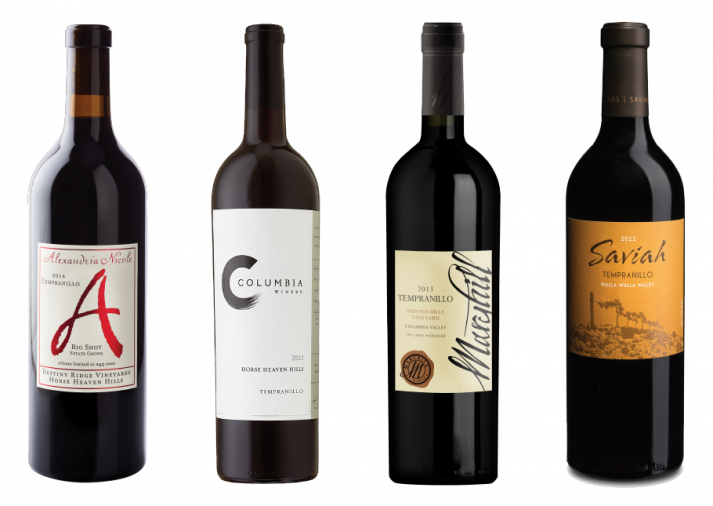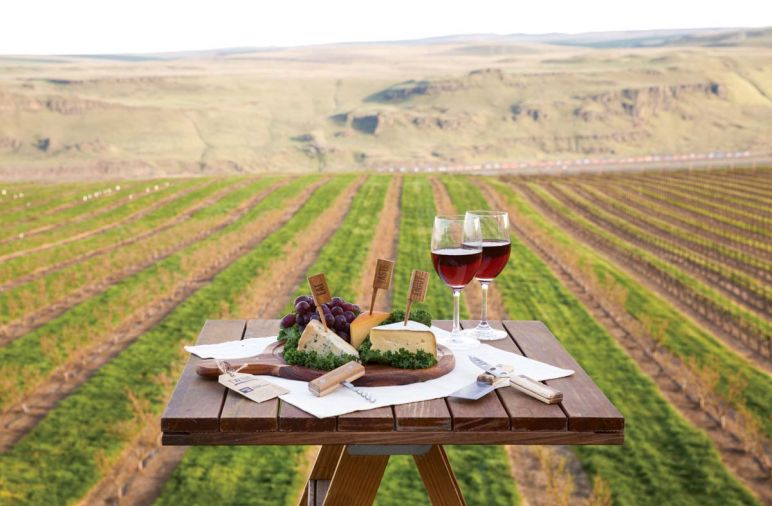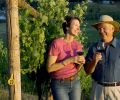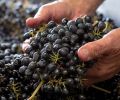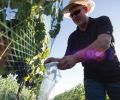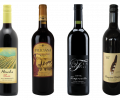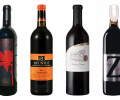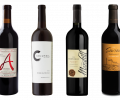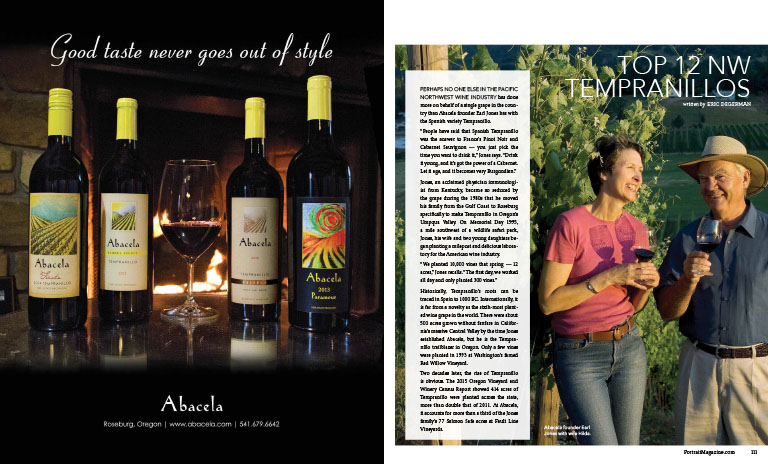Perhaps no one else in the Pacific Northwest wine industry has done more on behalf of a single grape in the country than Abacela founder Earl Jones has with the Spanish variety Tempranillo.
“People have said that Spanish Tempranillo was the answer to France’s Pinot Noir and Cabernet Sauvignon — you just pick the time you want to drink it,” Jones says. “Drink it young, and it’s got the power of a Cabernet. Let it age, and it becomes very Burgundian.”
Jones, an acclaimed physician immunologiist from Kentucky, became so seduced by the grape during the 1980s that he moved his family from the Gulf Coast to Roseburg specifically to make Tempranillo in Oregon’s Umpqua Valley. On Memorial Day 1995, a mile southwest of a wildlife safari park, Jones, his wife and two young daughters began planting a milepost and delicious laboratory for the American wine industry.
“We planted 10,000 vines that spring — 12 acres,” Jones recalls. “The first day, we worked all day and only planted 300 vines.”
Historically, Tempranillo’s roots can be traced in Spain to 1000 BC. Internationally, it is far from a novelty as the sixth-most planted wine grape in the world. There were about 500 acres grown without fanfare in California’s massive Central Valley by the time Jones established Abacela, but he is the Tempranillo trailblazer in Oregon. Only a few vines were planted in 1993 at Washington’s famed Red Willow Vineyard.
Two decades later, the rise of Tempranillo is obvious. The 2015 Oregon Vineyard and Winery Census Report showed 414 acres of Tempranillo were planted across the state, more than double that of 2011. At Abacela, it accounts for more than a third of the Jones family’s 77 Salmon Safe acres at Fault Line Vineyards.
People can now pronounce it correctly,” Jones says with a smile. “It used to be, ‘I’ll have a Tempra-NELLO.’ And now almost everyone knows it’s Tempra-KNEE-O.”
In Washington, there are about 50 acres. While that’s a thimbleful within a 60,000-acre industry — twice the size of Oregon’s — it’s not insignificant considering Tempranillo can be planted where high-priced Cabernet Sauvignon thrives.
It’s also being embraced in Idaho’s Snake River Valley where the early-ripening grape is a better fit in a cooler vintage than Cabernet Sauvignon, and the resulting wines pair marvelously with cuisine from Boise’s Basque community. Rising star Cinder Wines used its Tempranillo to win best of class two years ago at the Bay Area's Sunset International Wine Competition.
However, the success of the Iberian Peninsula grape is most evident in Oregon where more than 50 tasting rooms throughout the state now offer customers a Tempranillo. Among those is Castillo de Feliciana, a winery on the Oregon side of the Walla Walla Valley that has ramped up its production of Tempranillo to 2,000 cases thanks to several vineyards in Washington.
And a growing number of wineries offer multiple releases.
An hour south of Roseburg in the Applegate Valley, there’s Rachael Martin at award-winning Red Lily Vineyards, where she produces six styles of Tempranillo, including a rosé and a Port-style wine. Tempranillo has become the signature grape of Southern Oregon.
“Obviously, we are always grateful to Earl,” said Les Martin, Red Lily’s co-owner. “He’s probably tired of me calling him ‘The Godfather of Tempranillo,’ but he really is. He started it all here.”
Back at Abacela, Jones and his winemaker Andrew Wenzl offer three distinctive Tempranillos each year for a combined production of about 3,500 cases — by far the largest in the Pacific Northwest.
If there’s an especially stellar vintage, the top few barrels will inspire Abacela to create a Gran Reserva-style Tempranillo that Jones has trademarked as “Paramour.” Only two have been made — products of the 2005 and 2009 vintages. In 2011, when the six barrels of 2005 Paramour came available at $90, it ranked as perhaps Oregon's most expensive wine not made of Pinot Noir. (Look for a 2013 Paramour to be released in a couple of years).
Jones, 76, and his wife, Hilda, were presented last year with the Oregon Wine Board’s highest honor — the Lifetime Achievement Award. In 2009, the board named him Oregon Vintner of the Year.
“When we started this, we didn’t think we were going to be doing anything of this level of importance when we came to Oregon,” he says. “We just came here to try to grow Tempranillo.”
According to Jones, the Tempranillos in Oregon and Washington carry characteristics more similar to those in Spain than what often emergesfrom California. That helps explain why Abacela’s 1998 Tempranillo — a product of vines just four years old — received a double gold at the 2000 San Francisco International Wine Competition, beating out 19 entries from Spain.
“I think the fruit up here tends to have a darker blackberry and black cherry element to it,” Jones says. “That’s much more like what you’ll see in the Ribera del Duero. For the Rioja wines, it is so much more difficult to evaluate them because they blend so much.
“Rioja wines are always soft and elegant,” he adds. “They age because they have enough acid, but you don’t know for sure how much Grenache, how much Carignane or how much Graciano is in those wines.”
In the Pacific Northwest, winemakers often will rely on small contributions of Bordeaux varieties to better balance their final bottlings of Tempranillo.
“In the Ribera del Duero, they don’t do as much blending, and most of us in the Northwest don’t use much,” Jones says. “We’ll use a little Petit Verdot or something like that to tone the acid, so our wines taste more like the Riberas because the structure is more like theirs.”
At the other end of the spectrum, winemaking students at Walla Walla Community College produce a Tempranillo — using school-owned vines — that are deliciously approachable because they are made in the young, low-oak joven style that’s found in Spain.
When Jones revisits many of his older Tempranillos, he’s reminded of the elegance that comes with age. That’s why Jones and his team encourage customers to use patience and cellar the barrel-aged Tempranillo bottlings from five to seven years before drinking.
At the dining table, sinewy Tempranillo serves as an example of the saying “what grows together goes together.” A prized pairing with a nicely cellared Tempranillo is a slice or two of jamón ibérico — a hedonistic ham cured several years from acorn-fed black Iberian pigs. Spicy Mexican fare, hearty tomato-based dishes and roasted vegetables meld nicely, too.
For Jones, who knows what to do with his well-seasoned paella pan, his appetite for Tempranillo often goes back to all those times he’s visited Spain for research.
“What I like to do is have Tempranillo with something that will absorb the tannins on a young wine, something with a high fat content — meat and some fish works pretty well, too,” he said. “I had a sea bass dish a long time ago in Atlanta at a place called Commune, and I thought the chef must have made a mistake.
“That was one of the most fruity and intense Tempranillos that I’ve ever had, but it was the effect of the fat in the sea bass that ended up pulling the tannin level down,” he continued. “It was a fruit explosion in your mouth. I’ll never forget it.”

